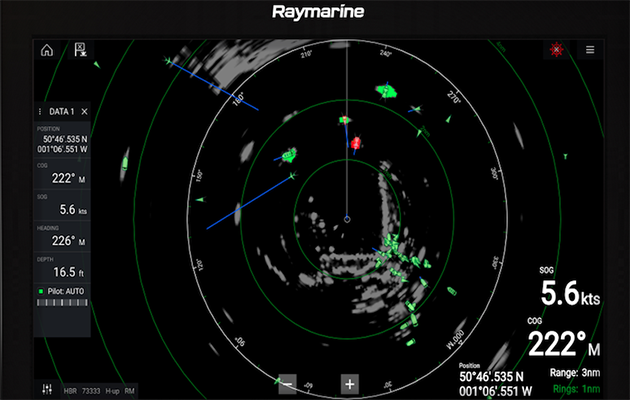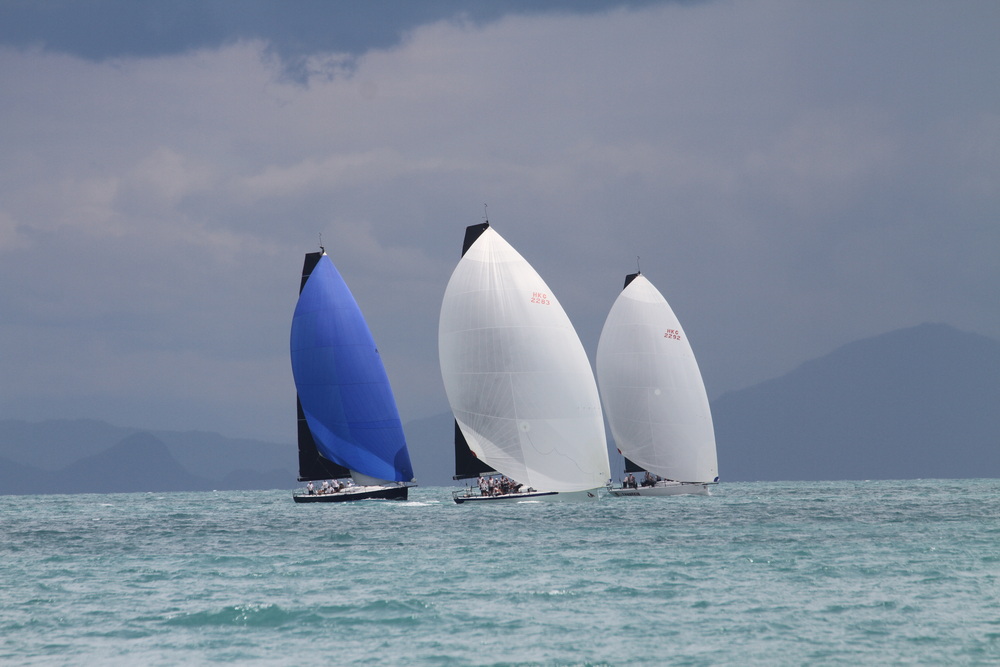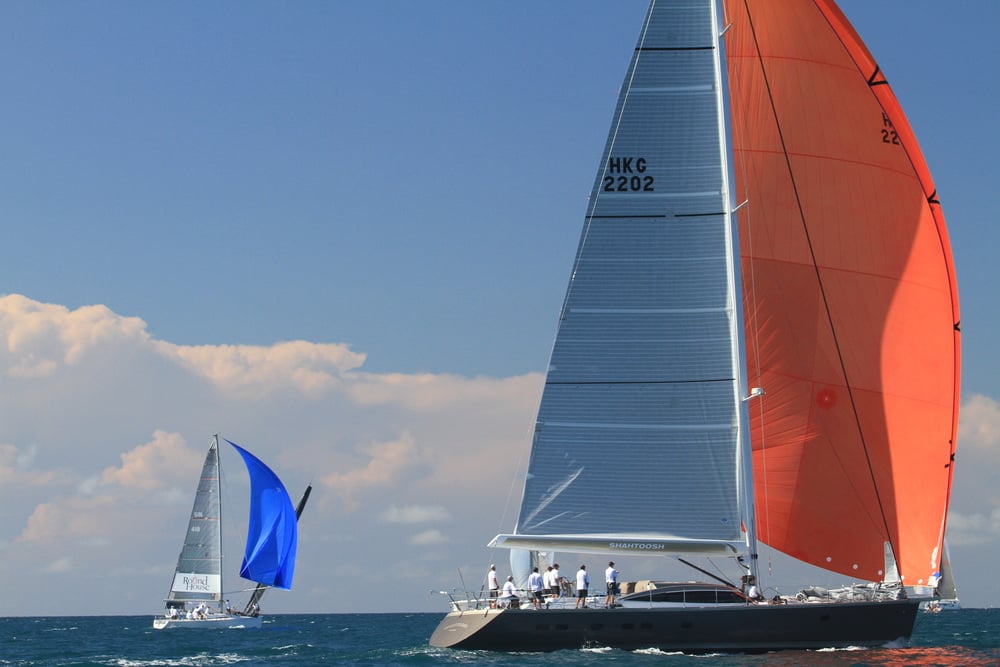This month’s big question: Should we add radar to our new boat?
Question:
We have recently changed boats from a very capable Dufour 38 classic to a new Hunter Legend 40 with a number of mod cons.
One of the new features on Pelican Chorus (our new boat) is an AIS receiver repeated on to the chartplotter.
It gives clear, unambiguous guidance on ships and boat movements as we navigate the busy south coast.
But we remember the benefits of radar in fog from previous channel crossings aboard Ribellu, our Dufour, and close-quarters navigation around the Channel Islands.
On many occasions, the radar has provided excellent real-time data. Is it worth the radar upgrade at a fairly steep price to give us the best of both worlds, or is it a question of learning
to utilise the new technology because this effectively gives us the same benefits but
in a different format?
Obviously in fog with
a reliable chartplotter, we can still navigate with confidence by both dead reckoning, chartwork and utilisation of the chartplotter.
Nigel and Juliet Turner
Answer: Yachting Monthly’s sailing editor Will Bruton replies:
AIS, as you are probably finding, is an invaluable tool
to have at your disposal.
The principle advantage over radar is how clear a picture it presents of the traffic moving around you and how easy it is to use –
a world away from the radar sets of yesteryear.
Unlike radar, however, AIS
won’t pick up everything that’s out there. The combination of the two gives you
belt and braces.
Modern sets consume far less power, are much more intuitive to use and integrate very well with chartplotter systems.
They also pick up much smaller hazards. Overlaying radar and AIS on your plotter consolidates a lot of information on
to one screen.
When caught out in fog, the pressure
on the skipper is considerable. If there’s
a lot of traffic, it can be exhausting work.
A plotter screen with both AIS and radar reduces the workload significantly as everything is in one place.
Personally, I’d make the upgrade, although the cost is not insignificant, so it depends on your budget.
Be sure to choose a system designed to fully integrate with your current plotter. Anything that doesn’t integrate properly will increase your workload.
Take time to work out how best to have the screen set up when you do enter fog. What gives you the information you need at a glance?
The aim is to make navigating in fog easier, empowering you
to actively skipper the boat rather than become overloaded with information – something we should always be aware of when putting more electronics on board!





















